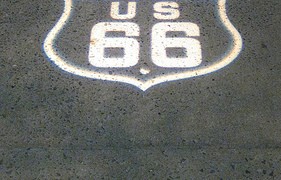John 8:31-36 (New Living Translation)
31 Jesus said to the people who believed in him, “You are truly my disciples if you remain faithful to my teachings. 32 And you will know the truth, and the truth will set you free.”33 “But we are descendants of Abraham,” they said. “We have never been slaves to anyone. What do you mean, ‘You will be set free’?”34 Jesus replied, “I tell you the truth, everyone who sins is a slave of sin. 35 A slave is not a permanent member of the family, but a son is part of the family forever. 36 So if the Son sets you free, you are truly free.
The season of Lent is especially helpful for calling our cravings (desires and temptations), and sin (missing the mark) into question. When we do not have the mind of God, we sin. We enact a way opposed to God, and his nature. It is sin that enslaves us. We become captive to corrupt desires, deeds, words, and thoughts. Sin is our Master, and we remain in chains.
What ungodly things are your master? The Son has made you free, and you are free indeed. If you remain faithful to God’s teachings, you will not be fooled by sinful things, and held in bondage.
Consider you sin, and your sinfulness. Confess it and Relinquish it. You have been set free! Live in that freedom.
Response Question: What has God freed you from?






